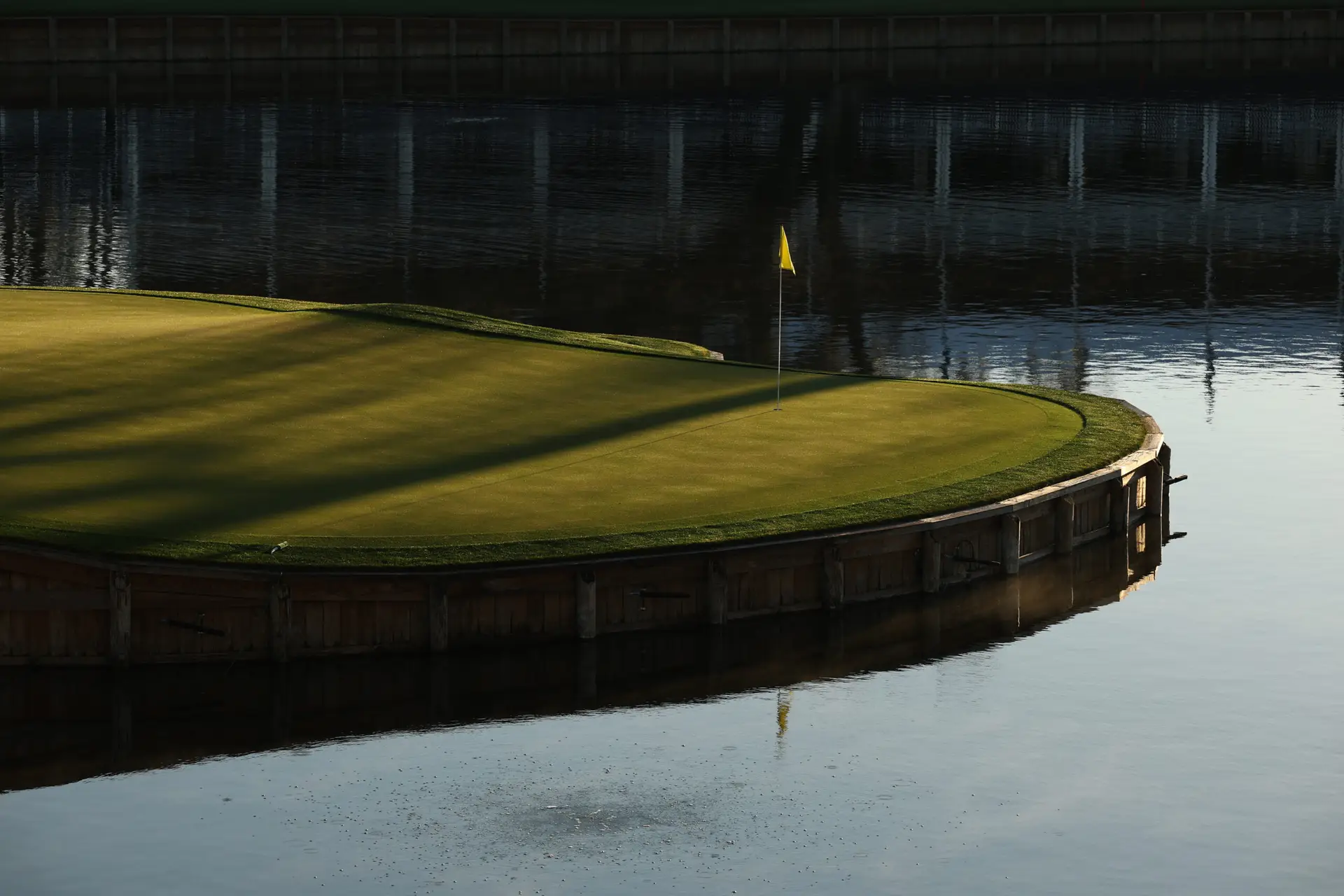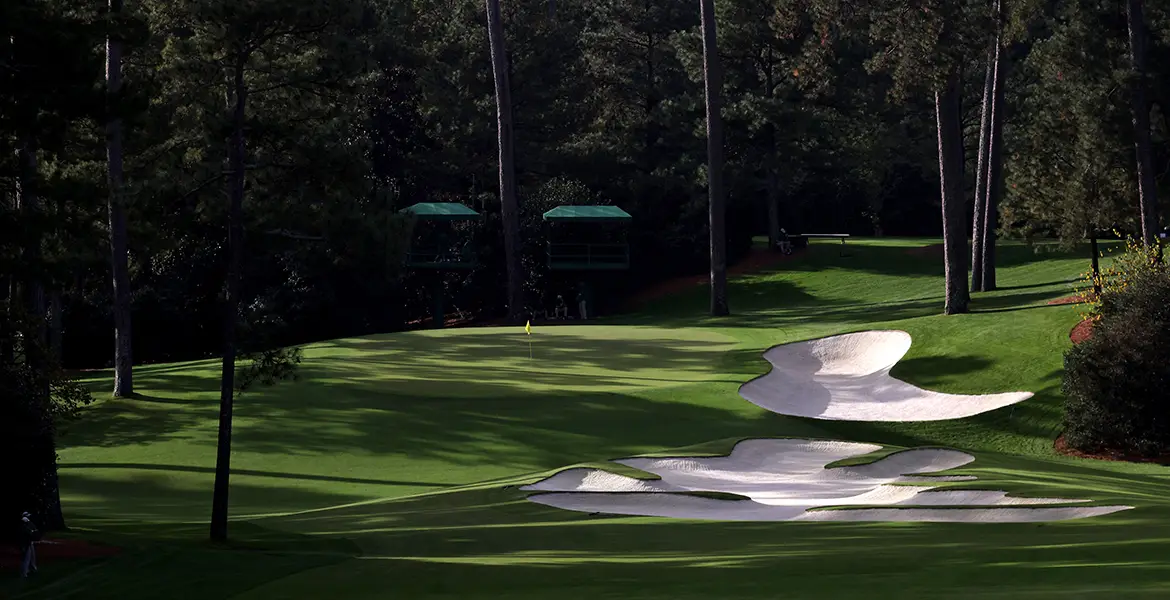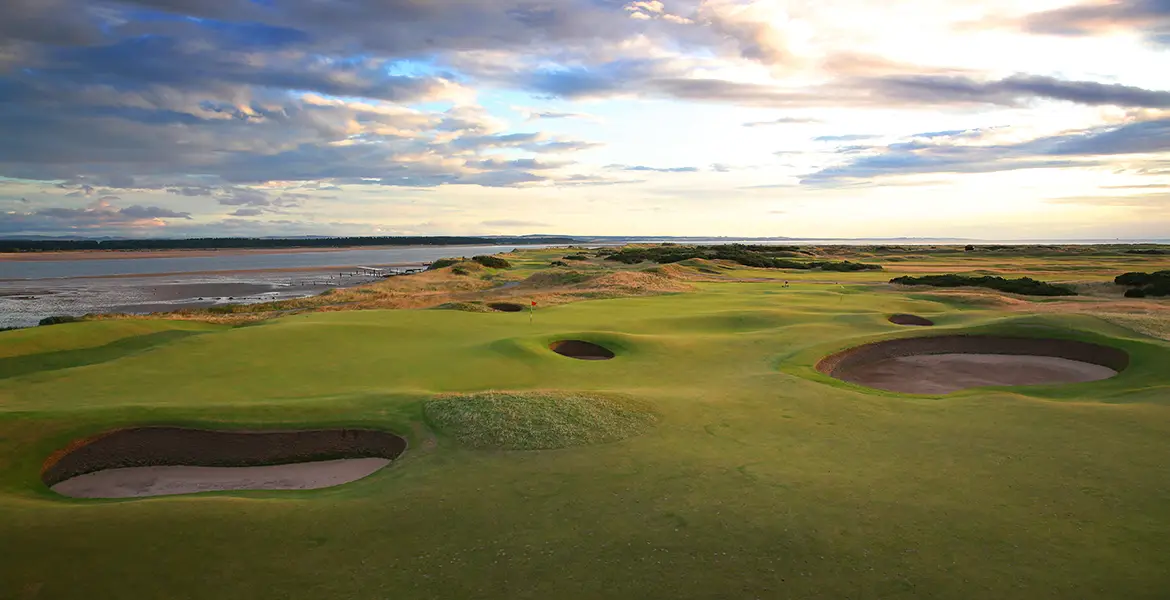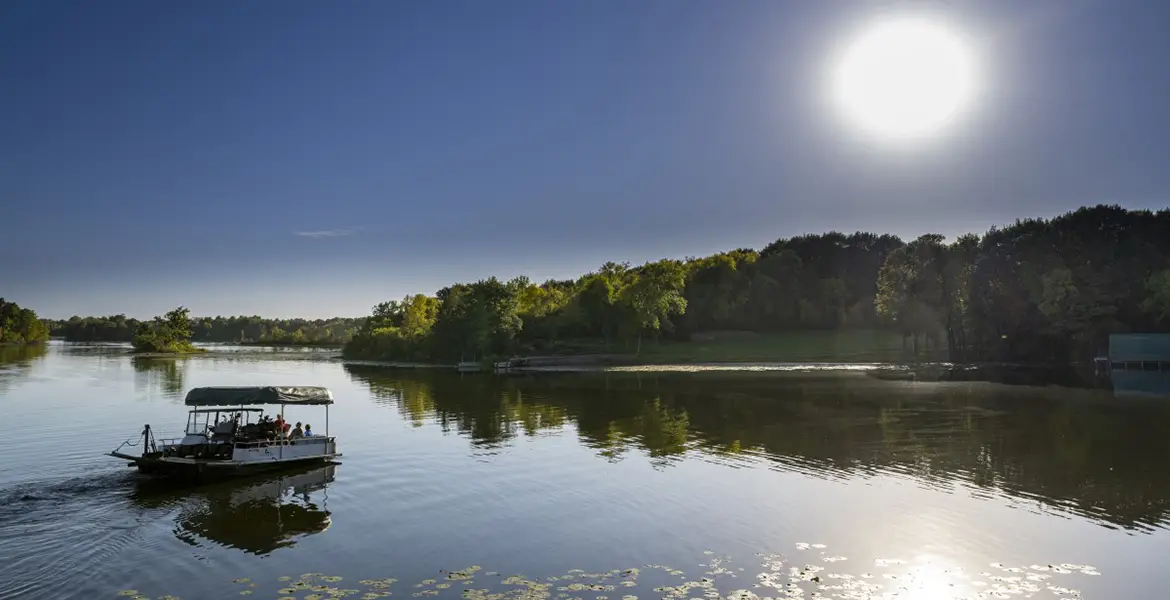Perhaps the question golf architecture enthusiasts most enjoy asking golf architects—and the query that often elicits the most interesting response—is when they first realized golf courses were designed by people and if they can recall the moment they knew designing them was what they wanted to do with their life.
For golf-obsessed kids who grew up idolizing Jack Nicklaus, Seve Ballesteros, or Tiger Woods, and who dreamt of becoming a competitive golfer themselves, the thought of deifying Donald Ross or Alister MacKenzie probably seemed peculiar. So when did these kidsget their funny ideas about designing golf courses?
We asked five architects who have been doing great work for many years (but who you might be less than familiar with… for now, at least) when the penny dropped for them.

Brian Ross
Ross Golf Design
I grew up on a farm in rural southwest Virginia and always loved being outdoors. At 12, I began playing golf with my friends and got quite serious during high school. At 15, I “built” a little 6-hole course on the farm, though that just involved lowering the mower blades to create tees and greens. I certainly didn’t realize there was such a thing as a golf course architect, but I remember imagining golf holes everywhere I looked, be it on the farm or during the road trips our family took.
I played in a lot of junior events, one of which was at Holston Hills in Knoxville, Tenn. I remember being blown away by the course which was unlike anything I’d ever seen or played before. On the scorecard, it read: Donald Ross, Golf Course Architect. My father and grandfather are named Henry Donald Ross, so I wondered if I was related to this guy. At home that evening, I learned as much about this Donald Ross guy as possible. Turns out, being a golf course architect was a thing! The idea of traveling around the country, or even the world, designing and building golf courses seemed perfect to me, so that night I triumphantly declared I was going to become a golf course architect.
Jeff Danner
Pangaea Golf Architecture
I started drawing golf holes for my backyard around age 10 but didn’t realize people did that for a career. I played at a public course called Park Hills in Freeport, Ill., where I mowed the head pro’s lawns in exchange for lessons. There were days when I couldn’t get to the course, though, so I transformed our one-acre backyard into a wiffle ball course which covered quite interesting terrain as it had been a public swimming pool in the early 1900s. I only wanted somewhere to play but, of course, without realizing it I was designing a golf course.
When I was about 11, we went to South Carolina on vacation and, because my parents revered Arnold Palmer, we visited Myrtle Beach National which he had designed. Once I realized why his name was on the course’s scorecard, it all clicked.
I very quickly became aware of how holes fit into the land and started to imagine holes everywhere I looked. An innate desire to “solve the puzzle,” a love of sport, and having people enjoy something I’d designed are the reasons I chose this path. I love creating experiences that allow people to interact with their environment in a playful way and, though the stage might be a bit larger and grander now, I’m still the kid in the backyard. It is very rewarding, and I feel very fortunate.
Brett Hochstein
Hochstein Design
It’s hard to say if there was a single moment when I realized courses were designed. I was only four when I first played something approximating golf—at a little 27-hole course in Michigan—and during the round my dad, who would’ve noticed the enthusiasm I had for bunkers and water hazards as well as the routing map on the scorecard (I’ve kept scorecards from wherever I play ever since and have a thousand or so), probably said something about how courses are designed. Shortly after that, I began drawing crude routings myself. I was pretty certain even at that age that I wanted to do this for the rest of my life.
The course where my dad and I played was pretty bad, but I loved it because I didn’t know anything else. What I really loved was the general idea that you encountered all these features—water, sand, trees— on the way to this area with impossibly short grass and a hole with a flagstick in it. And there was something so oddly captivating about a ball disappearing into that hole. I still feel that. The mental image of picking my orange, plastic ball out of the hole remains, as does intentionally throwing it into the bunkers to try a shot. It was all just so cool to me.
I still have a few of those early drawings. It’s interesting to see what basic things my young mind latched on to. Perhaps there’s a lesson there in understanding what people “see” the first time they play golf.
Dave Zinkand
Zinkand Golf Design
My father’s love for the game was how I came to understand courses were designed. In Ohio and Michigan, we’d play places designed by Jack Nicklaus and Arthur Hills. And Pete Dye, then “famous” for TPC Sawgrass and Harbour Town, appeared in TV ads for American Express. So, people in the U.S. began to understand courses were designed, not simply found.
A growing fascination with the landscape along with the game and its camaraderie fueled my passion from there. In my early 20s, I traveled to Britain on the Dreer Award—an endowment Cornell University offers one student a year through the horticulture department. Folks abroad were much more likely to say they didn’t know courses were actually designed.
Tom Doak’s work in Michigan and Pennsylvania, and Bill Coore and Ben Crenshaw’s Sand Hills in Nebraska, really set the hook for me. The questions their holes asked, along with a certain mystery, and the natural aesthetic provided the appeal.
Clyde Johnson
Cunnin’ Golf Design
I started playing pitch-and-putts at about four and remember being as interested in the course as much as hitting the ball. Growing up, our family had half an acre out the back of the house where I’d “mow” greens with bamboo canes. I tried digging my first bunker at eight but didn’t get very far. The more our family vacationed on the UK coastline, and the more golf we played, the more I became obsessed with the courses. I entered a British magazine’s hole-design competition sometime in the early 2000s when I first realized actual people designed and built the courses I was playing.
My other interest at this time was the design of soccer stadiums, so I went to Sheffield University to study Structural Engineering and Architecture. At the end of my time there, I realized I didn’t understand structures and forces the way I naturally saw golf holes, so I leaned toward golf. After contacting Tom Doak, I went to Nebraska to intern at Dismal River. That was an amazing experience and confirmed that designing and building golf courses was what I wanted to do.





